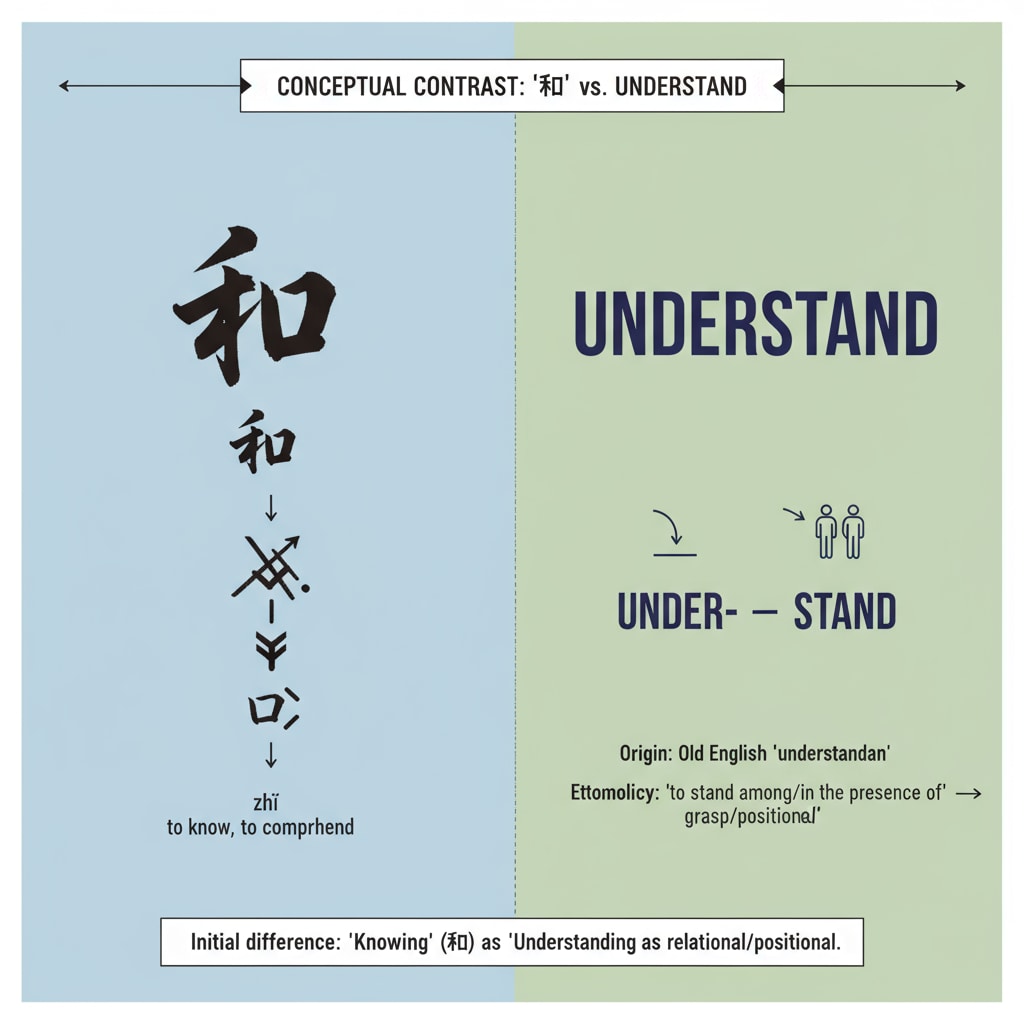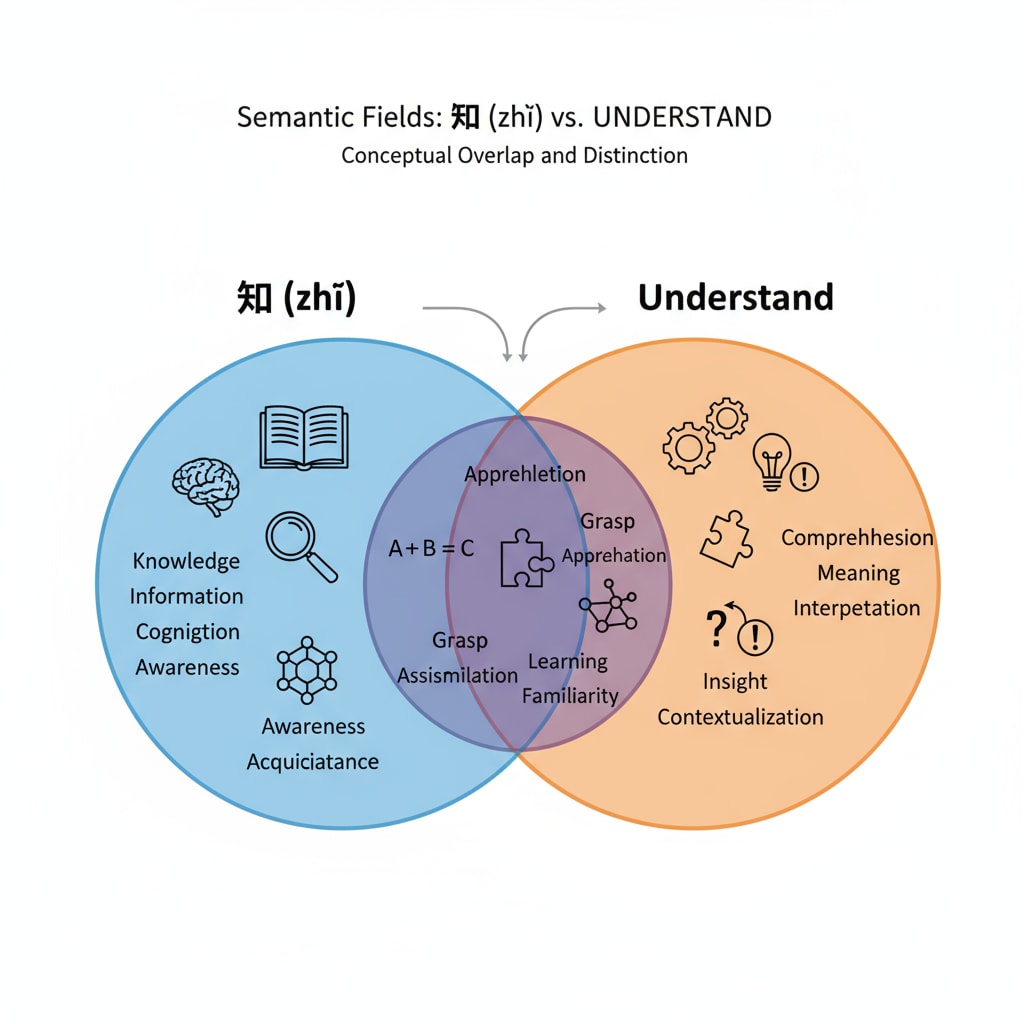Language differences, cultural thinking, knowledge and wisdom are intertwined aspects that significantly influence our understanding of the world and educational approaches. In the realm of language, the comparison between the Chinese character “知” (zhi) and the English word “understand” reveals profound cultural and cognitive disparities. These differences not only lie in their semantic meanings but also reflect distinct ways of thinking, which in turn have a substantial impact on K12 education.

Linguistic Nuances between “知” and “Understand”
The Chinese character “知” has a broad range of meanings. It can simply mean to know facts or information, like being aware of something. For example, “我知道这个消息” (Wǒ zhīdào zhège xiāoxī), which translates to “I know this news”. However, it also encompasses a sense of recognition and acquaintance. In contrast, “understand” in English implies a deeper cognitive process. It involves grasping the meaning, significance, and relationships within information. As defined by Oxford Learners Dictionaries, “understand” is about having a clear idea of the meaning of words, a situation, etc. This shows that while “知” can be more surface-level in some cases, “understand” delves deeper into the essence of knowledge.

Cultural Thinking Reflected in Language
These linguistic differences are closely tied to cultural thinking. In Chinese culture, the concept of “知” is often associated with rote learning and memorization. Historically, students were encouraged to “知书达理” (zhī shū dá lǐ), which means to know books and understand principles. This emphasizes the accumulation of knowledge. On the other hand, Western culture, as reflected in the word “understand”, values critical thinking and analysis. It encourages individuals to question, interpret, and make connections. According to Wikipedia’s entry on cultural learning, different cultures have unique ways of transmitting and internalizing knowledge. This cultural thinking difference is evident in the educational systems of China and the West.
The Impact on K12 Education
In K12 education, the influence of these language and cultural differences is palpable. In Chinese classrooms, there is often an emphasis on knowledge acquisition through memorization. Students are taught to master a large amount of information, such as historical facts and mathematical formulas. While this approach helps build a solid knowledge foundation, it may sometimes lack in-depth understanding. In Western K12 education, there is a greater focus on student-centered learning, where students are encouraged to explore, discuss, and understand concepts. For example, in science classes, students are often asked to conduct experiments to understand scientific principles rather than just memorize them. However, this approach may result in gaps in basic knowledge.
The Path to Integrating Educational Wisdom
To address these issues, there is a need to integrate Eastern and Western educational wisdom. Educators should promote a balanced approach that combines knowledge accumulation with in-depth understanding. For instance, in language learning, students can first memorize vocabulary (similar to the “知” approach) and then engage in discussions and writing exercises to understand how to use these words in context (the “understand” approach). In mathematics, students can learn formulas through practice and also explore real-world applications to gain a deeper understanding. This way, students can move from simply accumulating knowledge to truly understanding it and ultimately applying their wisdom in various situations.
Readability guidance: The article uses short paragraphs to clearly present different aspects of the topic. Lists are not always necessary but are used when appropriate to summarize key points. The passive语态 is kept to a minimum, and transition words like “however”, “in contrast”, and “for example” are used to make the flow of the article smooth. Each H2 section focuses on a specific aspect related to language differences, cultural thinking, knowledge, and wisdom, providing a comprehensive exploration of the topic.


